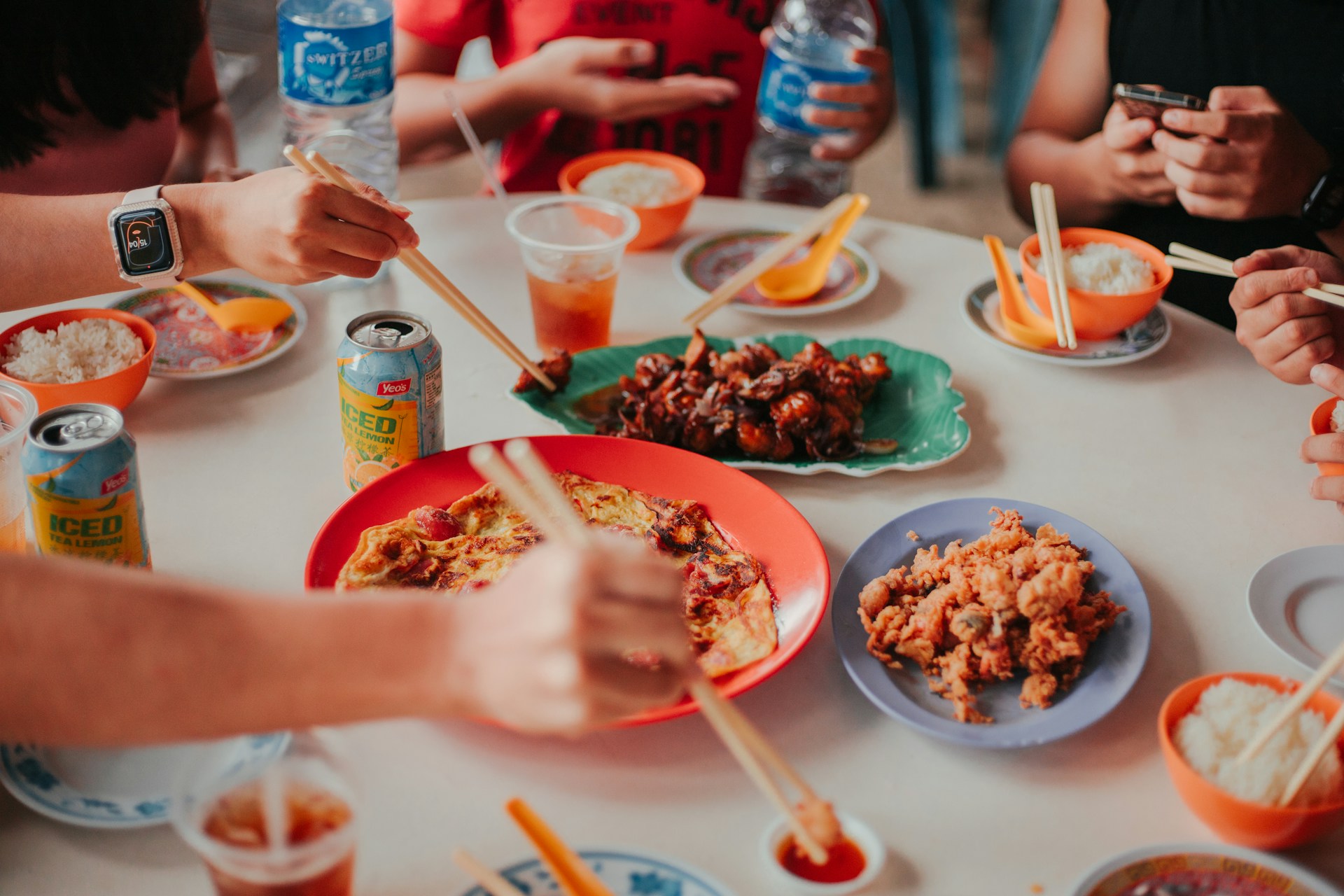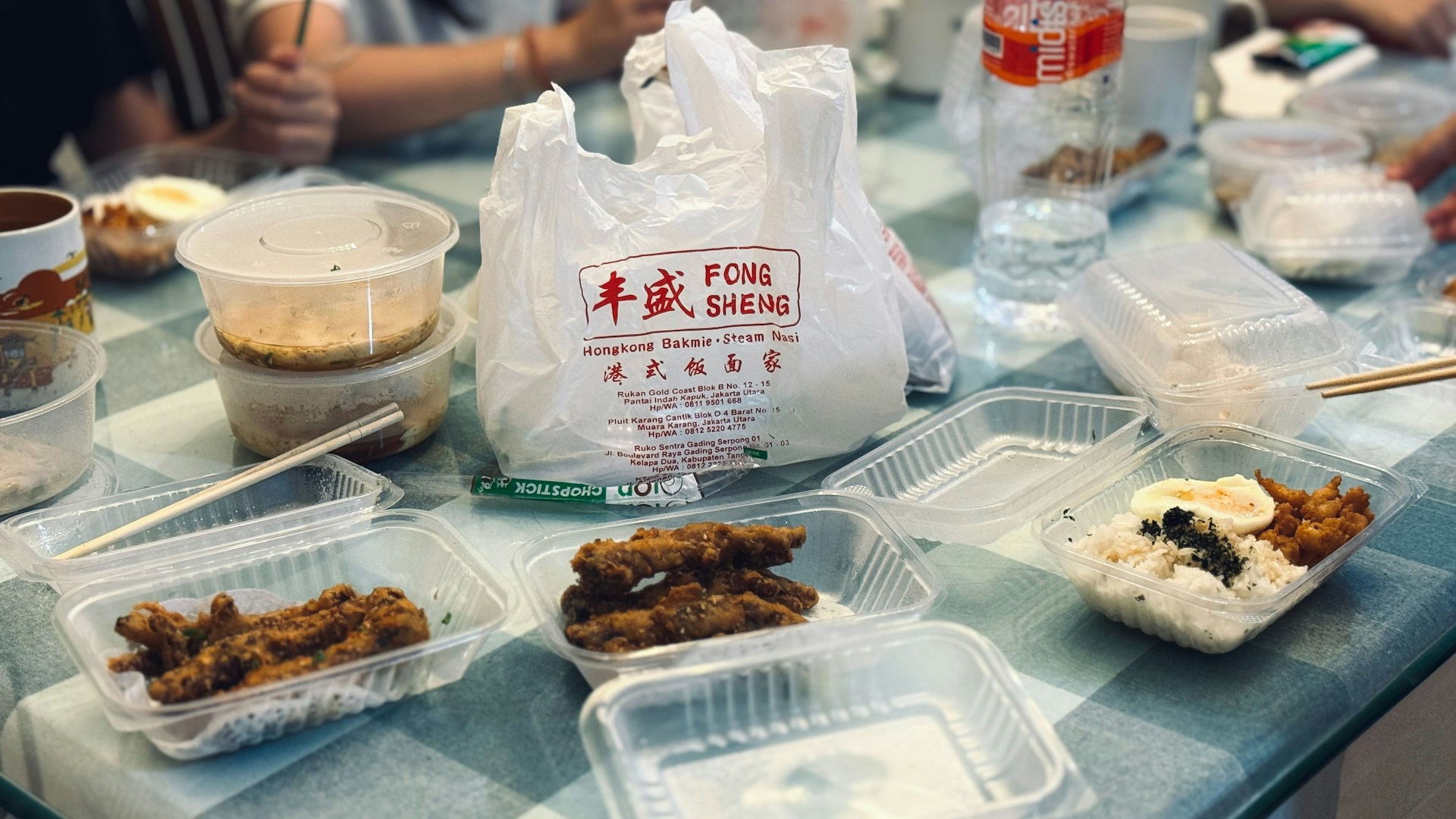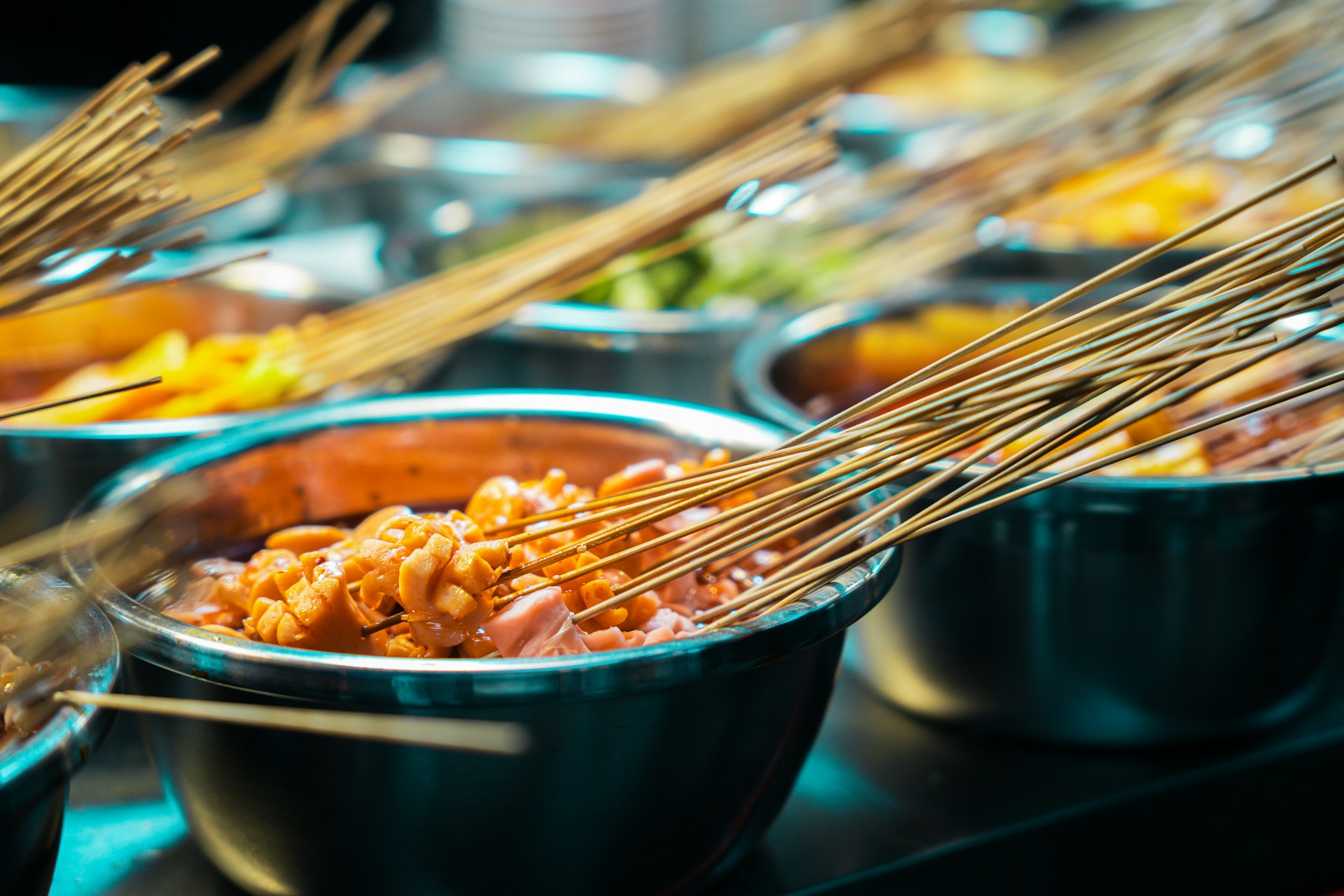
Introduction
Eating is never just about calories—it’s about connection. Across cultures, meals anchor communities: Italian families gather for pasta Sundays, Japanese workers bond over izakaya dinners, Ethiopians eat from shared platters of injera. These communal meals aren’t just traditions—they’re health habits.
Modern life has chipped away at eating together. Fast food, busy schedules, and solo screens have replaced group dining. But research shows eating together boosts mental health, improves diet quality, and strengthens bonds. This guide explores global traditions and practical ways to reclaim communal eating.
Communal eating across cultures
-
Italy: Family-style Sunday meals keep generations connected.
-
Japan: Izakayas (casual pubs) foster relaxation and group bonding.
-
Ethiopia: Shared injera platters embody equality and intimacy.
-
Morocco: Tea ceremonies and tagine meals encourage long, slow conversation.
-
Mexico: Family tamale-making at holidays passes traditions forward.

Health and psychological benefits
-
Improved nutrition: People eat more vegetables and fewer processed foods when sharing meals.
-
Mental health: Shared meals reduce loneliness and depression.
-
Children’s development: Kids who eat with family perform better academically and socially.
-
Mindful eating: Slower pace helps regulate appetite.
-
Cultural continuity: Meals carry identity, language, and rituals.
Why we’ve lost it
-
Busy schedules and remote work blur meal times.
-
Global urbanization creates smaller, fragmented households.
-
Screen culture replaces face-to-face connection.
-
Food delivery personalizes meals but isolates people.
How to reclaim communal eating
-
Plan a weekly anchor meal: Pick one dinner when everyone sits together.
-
Make food collaborative: Cook together, not just eat together.
-
Invite friends/neighbors: Expand family rituals outward.
-
Digital twist: If apart, try “virtual dinners” via video calls.
Troubleshooting
-
Different schedules? Try breakfast or weekend brunch instead of dinner.
-
Kids restless? Make meals shorter but consistent.
-
Introverts or mismatched groups? Keep it small, 2–3 people is enough.
-
Cultural gaps? Share dishes from multiple cuisines as icebreakers.
Quick checklist
□ One shared meal each week
□ Food made/cooked together if possible
□ No screens during the meal
□ Use meals to pass stories or traditions
Bottom line
Shared meals are more than food—they’re medicine for community and connection. Across cultures, eating together builds stronger bodies, calmer minds, and lasting traditions. Start with one meal, and let it grow into ritual.

